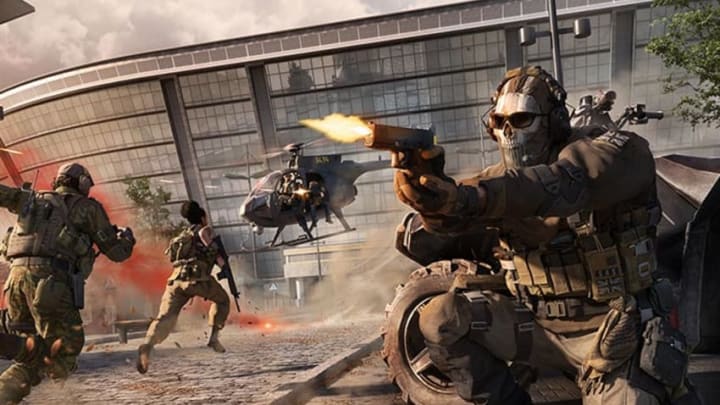Hunt: Showdown is a multiplayer first-person shooter game that is known for its high tension and challenging gameplay. It’s a game that requires a great deal of skill and patience, and not everyone is cut out for it. According to recent statistics cited by the game’s general manager, David Fifield, 40% of players who have tried the game have never killed another player.
This statistic is significant because it demonstrates the difficulty of player retention in today’s crowded competitive shooter landscape. With so many options available to gamers, it’s challenging to keep players engaged and interested in a particular game. The fact that almost half of Hunt’s player base has never killed another player is a clear indication that many players find the game too challenging and may be deterred from playing again.
Fifield has acknowledged this issue and has stated that he would like to provide more experiences in the game that make it more accessible to players who may not be as skilled as others. He believes that by doing so, more players will be able to enjoy the game and achieve a sense of mastery before potentially losing interest and moving on to another game.
It’s worth noting that according to Steam, 62.9% of players have achieved the goal of killing one player. This means that roughly 37.1% of players on PC have never killed another player in the game. While these numbers may vary from month to month, it’s clear that the majority of players have at least achieved this basic goal.
Hunt: Showdown has also had a number of free weekend events over the years, which typically results in a significant increase in the player base. However, retaining these players after the free weekend is over remains a challenge.
As someone who has played the game, I can attest to the difficulty level of Hunt: Showdown. It’s a game that requires a lot of patience, skill, and strategy, and it’s not for everyone. However, it’s also a game that offers a unique and thrilling experience for those who are willing to put in the time and effort to master it.
Hunt: Showdown is a game that faces significant challenges when it comes to player retention in the competitive shooter genre. With so many games available to players, it’s difficult to keep them engaged and interested over the long term. However, by providing more accessible experiences and opportunities for players to master the game’s mechanics, Hunt: Showdown may be able to overcome this challenge and retain more players over time.
There are a few reasons why Hunt: Showdown may struggle with player retention. For one, as mentioned earlier, the game is incredibly tense and unforgiving. Even experienced players can find themselves on the wrong end of a firefight or monster encounter, and the fear of losing valuable gear or progress can be a major turn-off. Additionally, the game’s emphasis on slow, methodical gameplay can be a turn-off for players used to faster, more action-packed shooters.
However, it’s not all doom and gloom for Hunt: Showdown. The game has a dedicated fanbase that appreciates its unique blend of PvPvE gameplay and atmospheric setting. The game’s developers are also committed to adding new content and features, such as new weapons, monsters, and game modes, which could help draw in new players and keep existing ones engaged.
The struggles of Hunt: Showdown with player retention highlights the challenges facing competitive shooters in today’s gaming landscape. With so many options available to players, it’s important for developers to find ways to differentiate their games and keep players engaged over the long term. While Hunt: Showdown may not be for everyone, it’s clear that the game has carved out a niche for itself among players who appreciate its unique gameplay and setting.
One solution to this challenge is to provide more opportunities for players to engage with the game’s mechanics outside of direct player versus player combat. This could involve new game modes that emphasize cooperation and teamwork, or it could involve more tutorial and training content to help players develop their skills before diving into the more competitive aspects of the game.
Another potential solution is to provide more incentives for players to stick around and continue playing, even if they are struggling to succeed at first. This could involve adding new achievements, rewards, or progression systems that provide a sense of accomplishment even if a player isn’t racking up kills.
Ultimately, the challenge of player retention in competitive shooters like Hunt: Showdown is a complex one that requires careful consideration of a variety of factors, including game design, marketing, and community management. By continuing to listen to feedback from players and working to create a more engaging and rewarding experience, developers can help to keep their games relevant and successful in a crowded and constantly evolving market.
